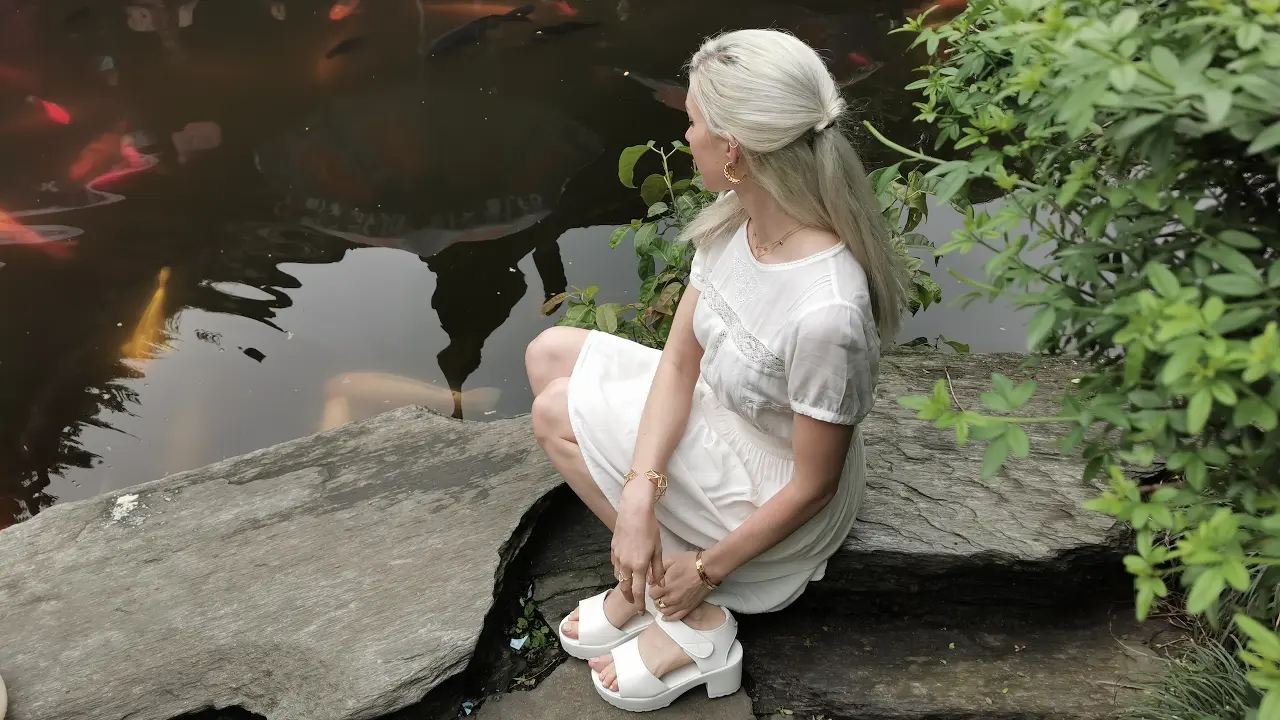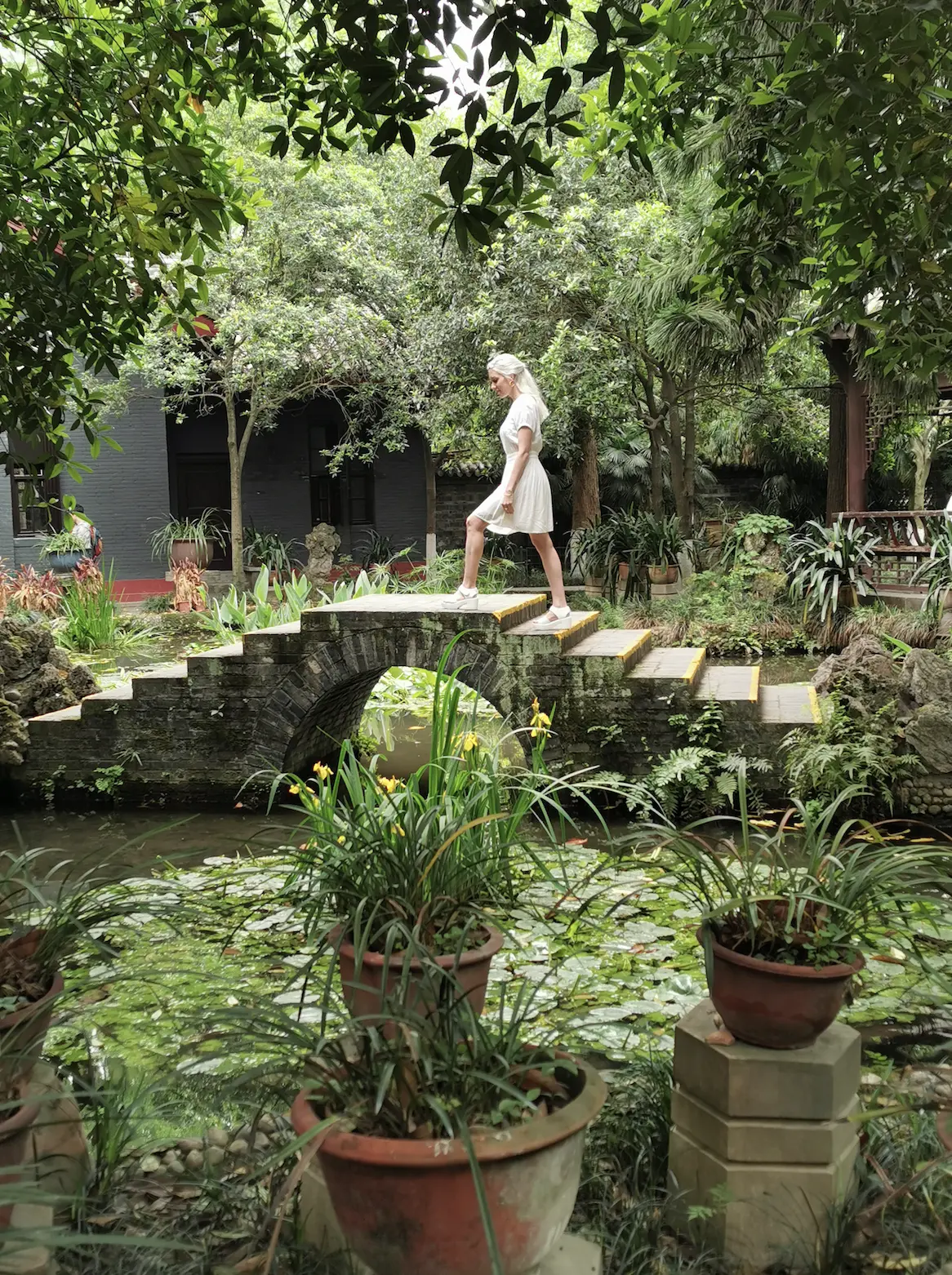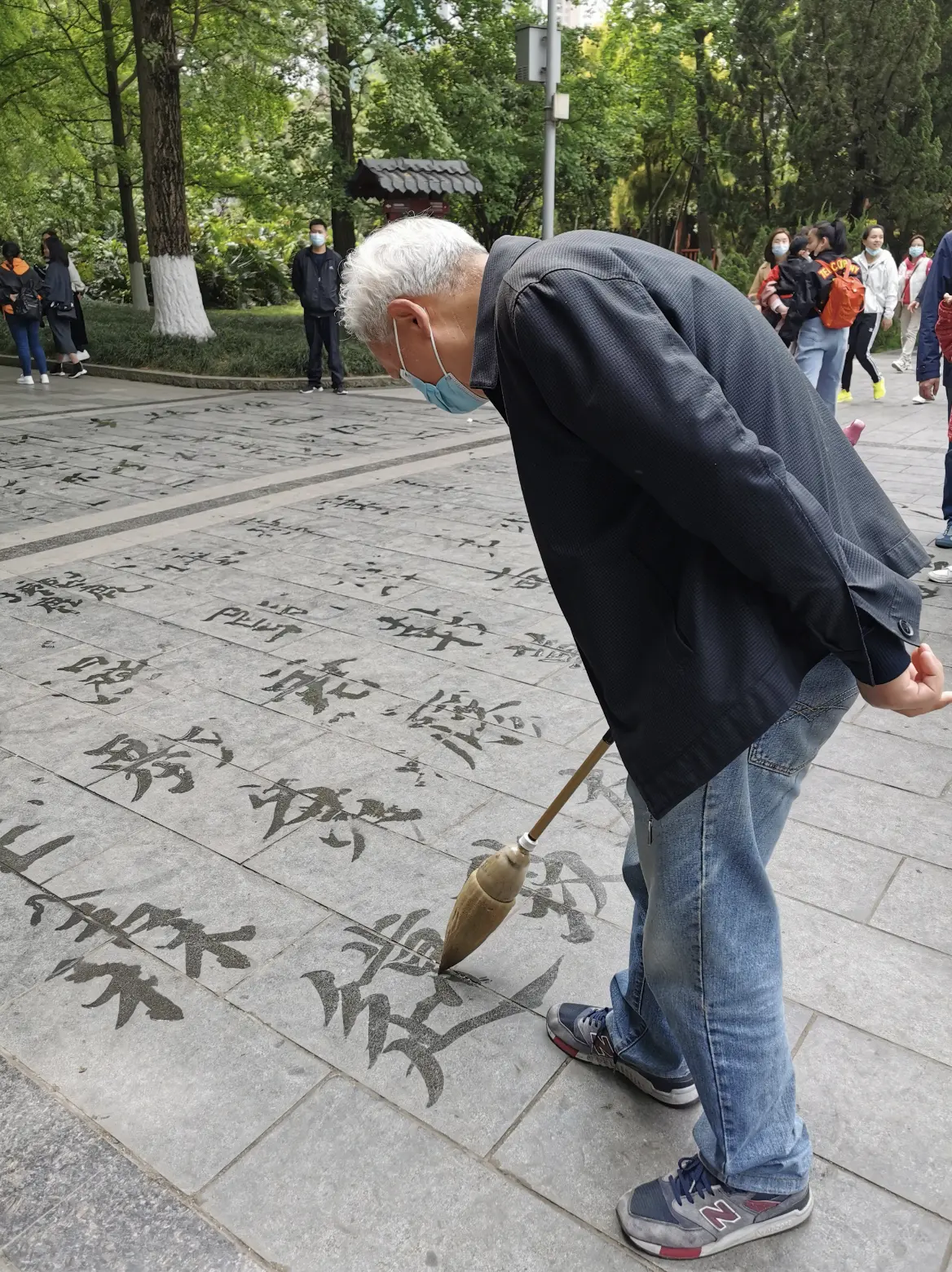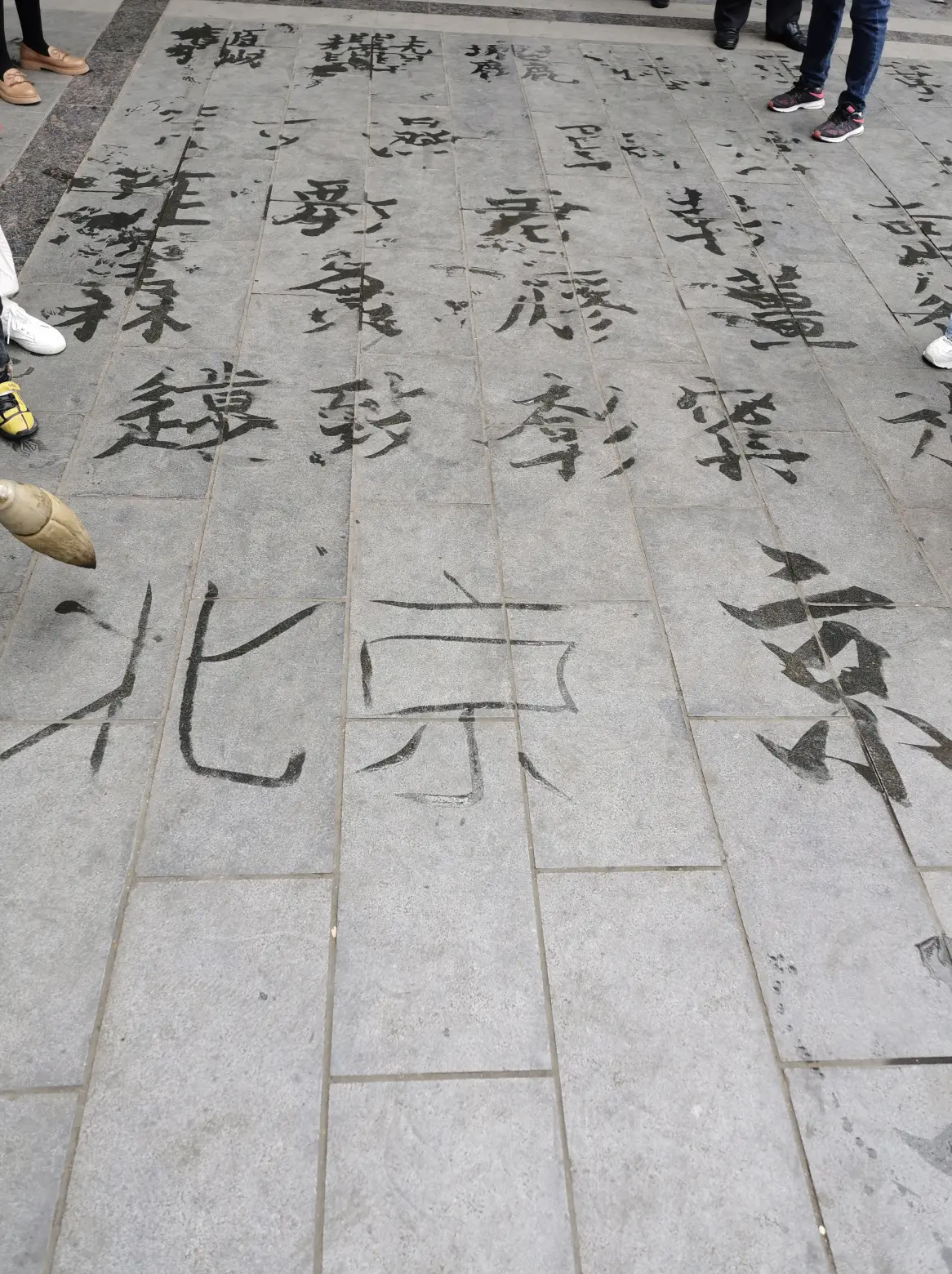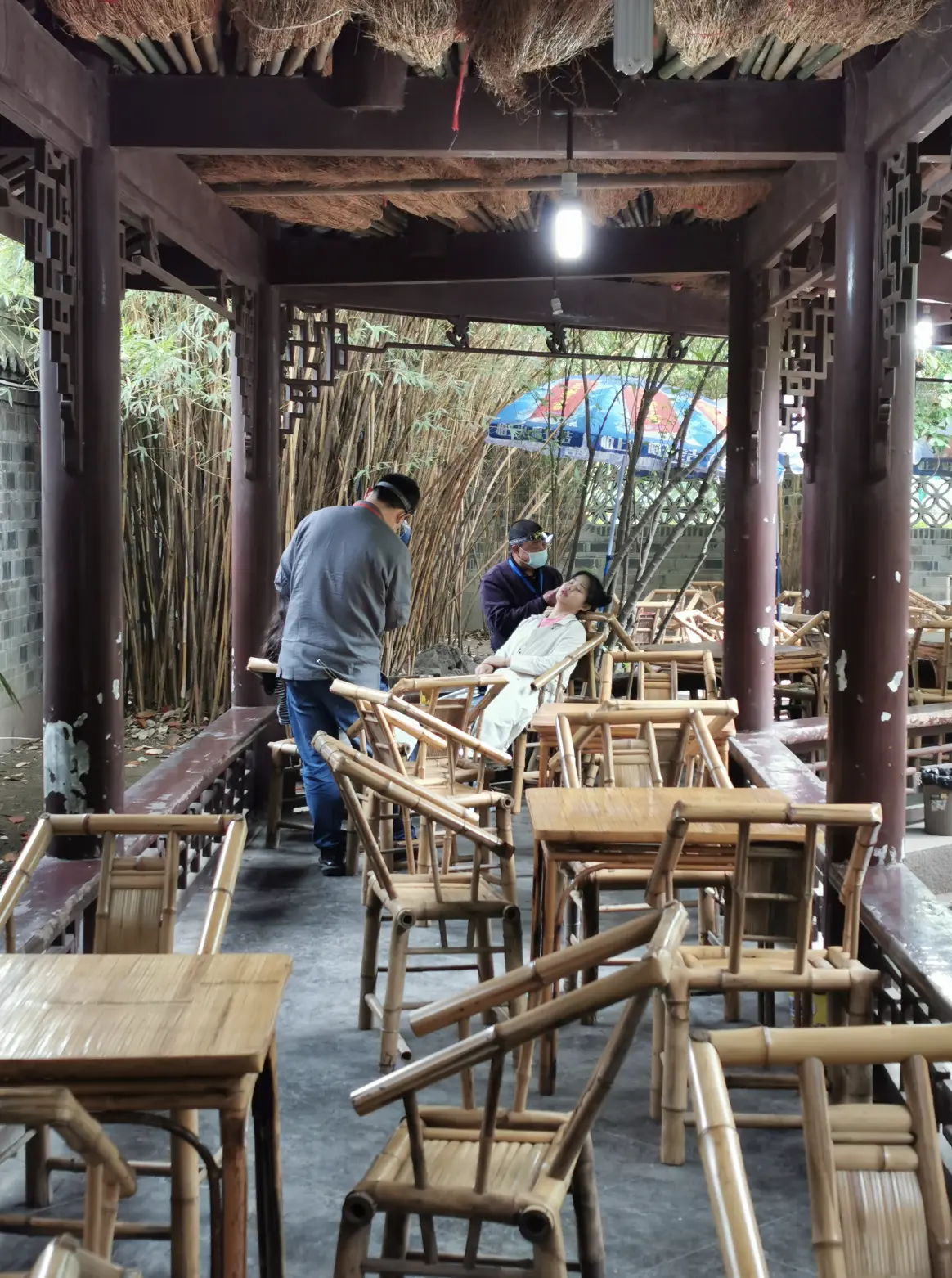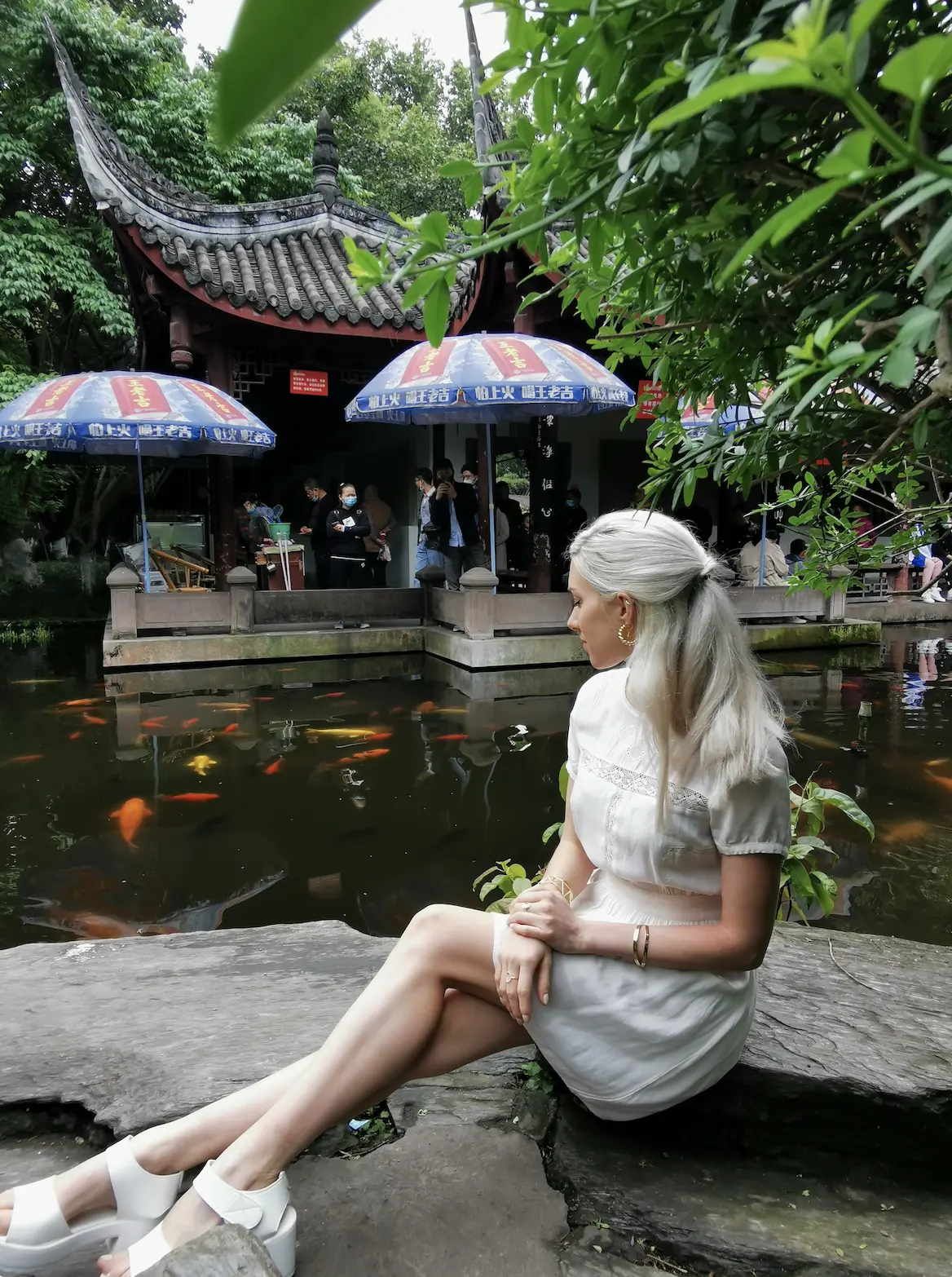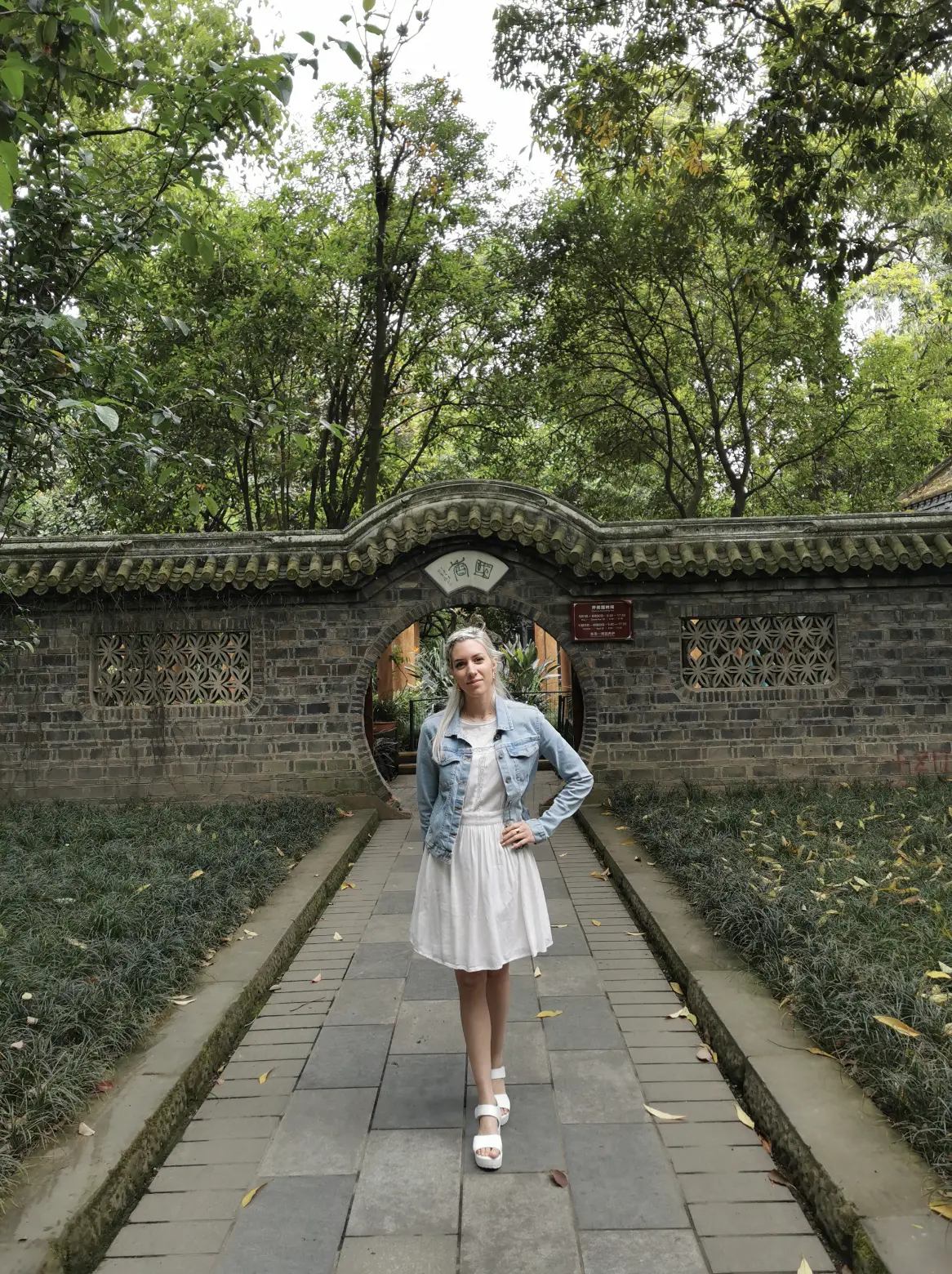One of the most interesting things that sets the capital of the Sichuan province apart from other cities in China is the large number of peculiar activities you can engage in during your stay. Here is a non-exhaustive list:
People’s Park 人民公园 (Renmin Gongyuan in Chinese):
Address: No.12 Shaocheng Road, Citang Street, Qingyang District, Chengdu, Sichuan
Open: everyday from 6am to 10pm.
Built in 1911, People’s Park is the first public park of Chengdu. It’s a famous place for locals and tourists alike. I recommend spending around 3 hours there to have a chance to get a sense of what it’s all about.
Some areas of the park are crowded, but it definitely is possible to find your perfect bubble of peace. And why not enjoy it to people-watch and learn about the locals’ way of living?!
Matchmaking: One section of the park is dedicated to searching for a spouse. As you walk around, your eyes will stumble upon a crowded path surrounded by signs describing hundreds of single people’s profiles. The information includes age, measurement, profession, telephone number and other relevant details to present the assets you will bring to your potential significant other. Behind those signs, you can see women (mothers?) fiercely negotiating. In a country so advanced in terms of use of technology (here I use my phone for EVERYTHING), I was surprised to see that this tradition has persisted over the years.
Open: everyday from 6am to 10pm.
Built in 1911, People’s Park is the first public park of Chengdu. It’s a famous place for locals and tourists alike. I recommend spending around 3 hours there to have a chance to get a sense of what it’s all about.
Some areas of the park are crowded, but it definitely is possible to find your perfect bubble of peace. And why not enjoy it to people-watch and learn about the locals’ way of living?!
Matchmaking: One section of the park is dedicated to searching for a spouse. As you walk around, your eyes will stumble upon a crowded path surrounded by signs describing hundreds of single people’s profiles. The information includes age, measurement, profession, telephone number and other relevant details to present the assets you will bring to your potential significant other. Behind those signs, you can see women (mothers?) fiercely negotiating. In a country so advanced in terms of use of technology (here I use my phone for EVERYTHING), I was surprised to see that this tradition has persisted over the years.

Tea Houses: They are disseminated all throughout the park. They are open terraces where you can relax with some tea, but they are also the perfect place to get your ears cleaned with Chinese tools! Yup, it’s one of Chengdu’s traditional ways that have stuck through time and is part of locals’ routines.
Calligraphy: When I visited, an old man was writing calligraphy with a broom and water, that was such a humbling thing to see. He was so talented! I loved it so much, I think he saw that so he gave me his broom and made me try. He attempted to teach me several times but then he gave up cause he saw how useless I am at writing Beijing in Chinese characters. Can you guess which one is mine? Haha ooops. If you see him, tell him “Hi!” from me!
Other things to check out at People’s Park:
Playing Mahjong or other traditional games.
Goldfish island: The numerous Koi fish ponds and lakes
Orchid and Bonsai gardens.
The chrysanthemum show in autumn
The lotus flower show in summer
Wenshu Monastery:
Initially built in the Tang Dynasty, it is a Buddhist temple that you can get into for free. In front of the entrance there is a pedestrian street surrounded by restaurants and cafes. If you’re lucky you will be able to get a crepe! In the temple, there are lots of buildings, shrines and pathways to take a stroll and enjoy this peaceful environment. There are monks, hundreds of turtles sunbathing near the lake, koi fish, sculptures, a tea house of course… Take it all in!
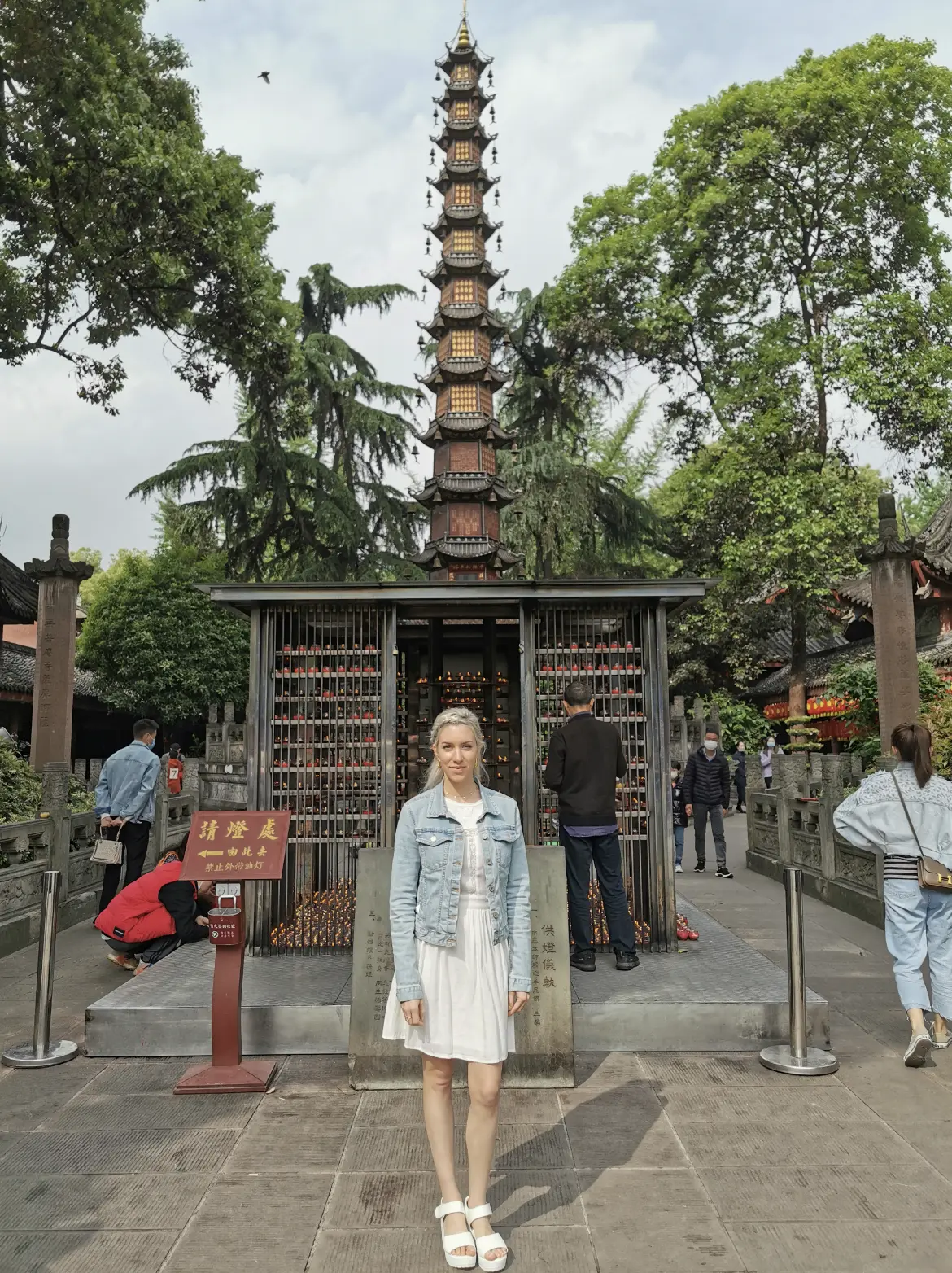
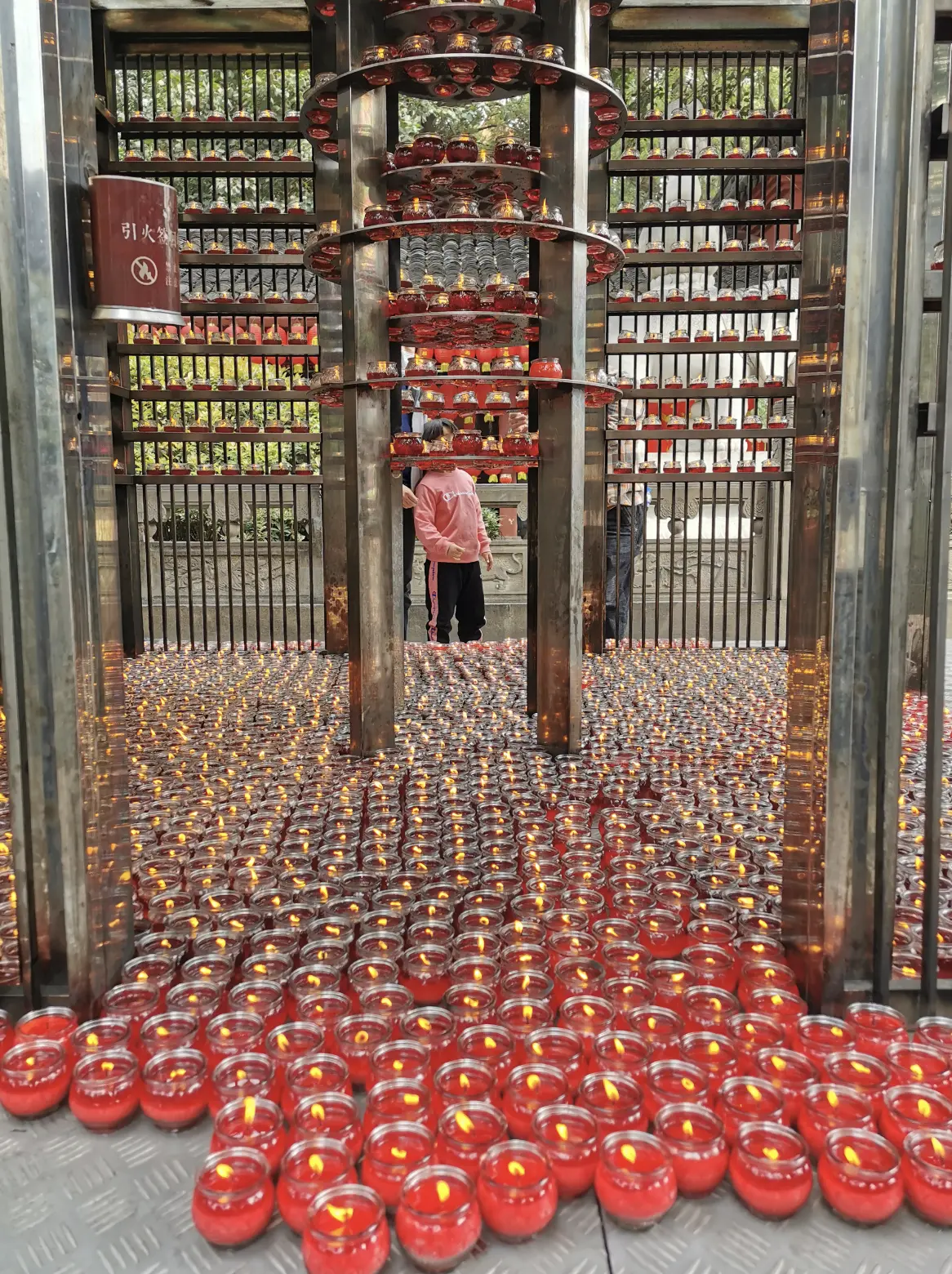
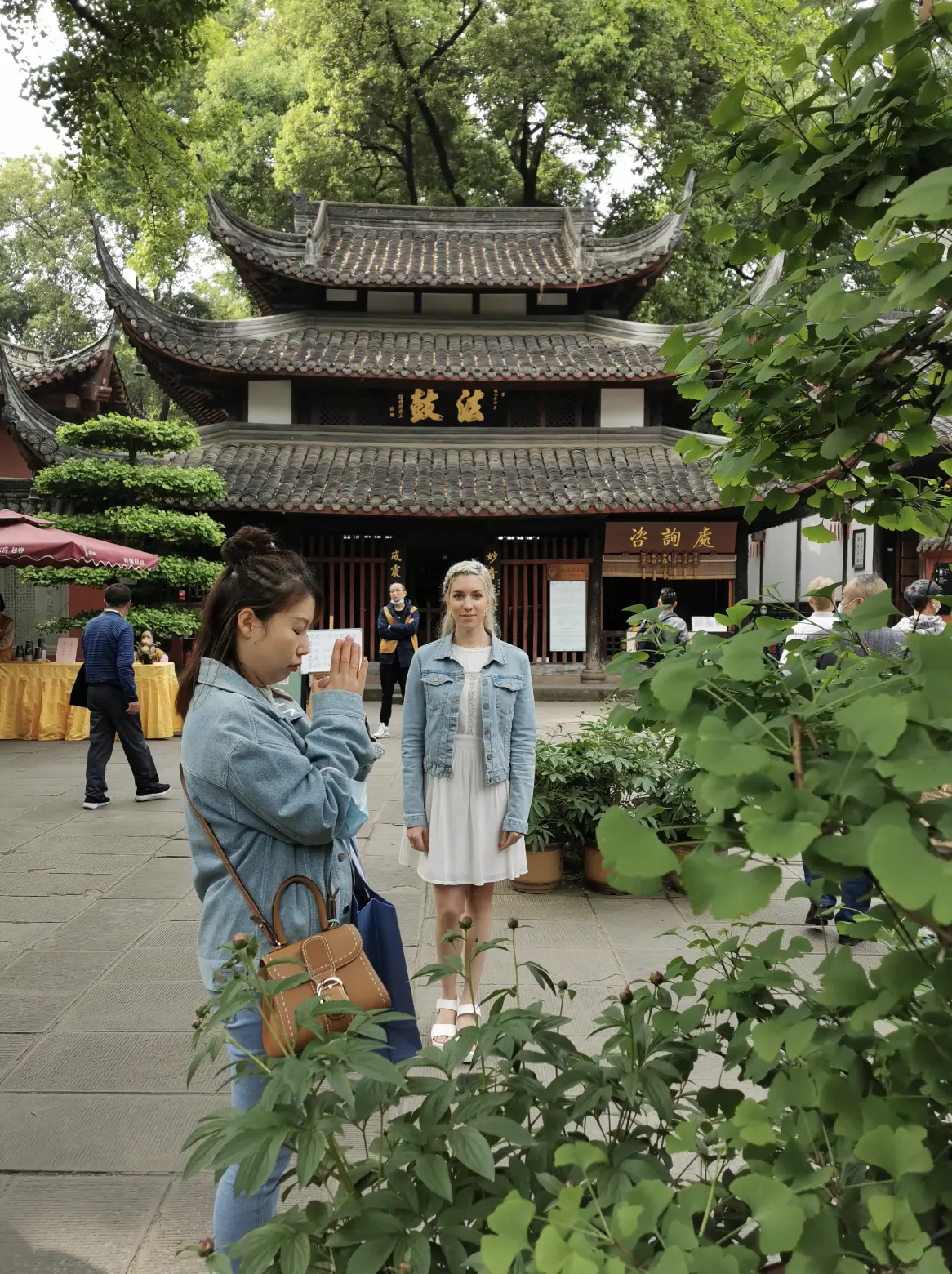
Kuanzhai Alley
Explore the tiny (read crowded) pedestrian streets like the Kuanzhai Alley that reflect both traditional customs, trendy culinary must-tries and entertainment. A girl was being taught how to blow into, or a man makes animal shapes out of sugar candy on a stick. It’s art!
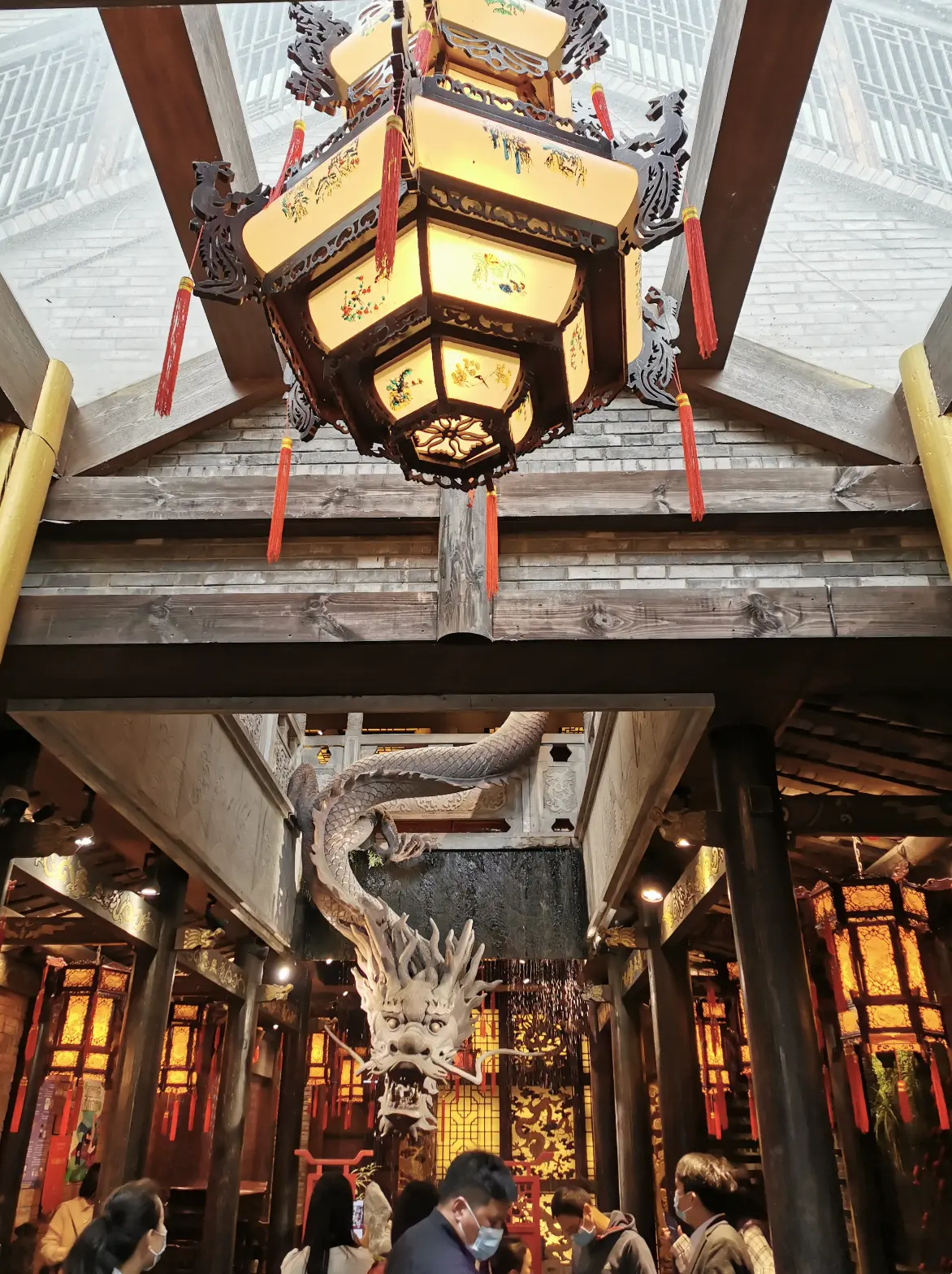
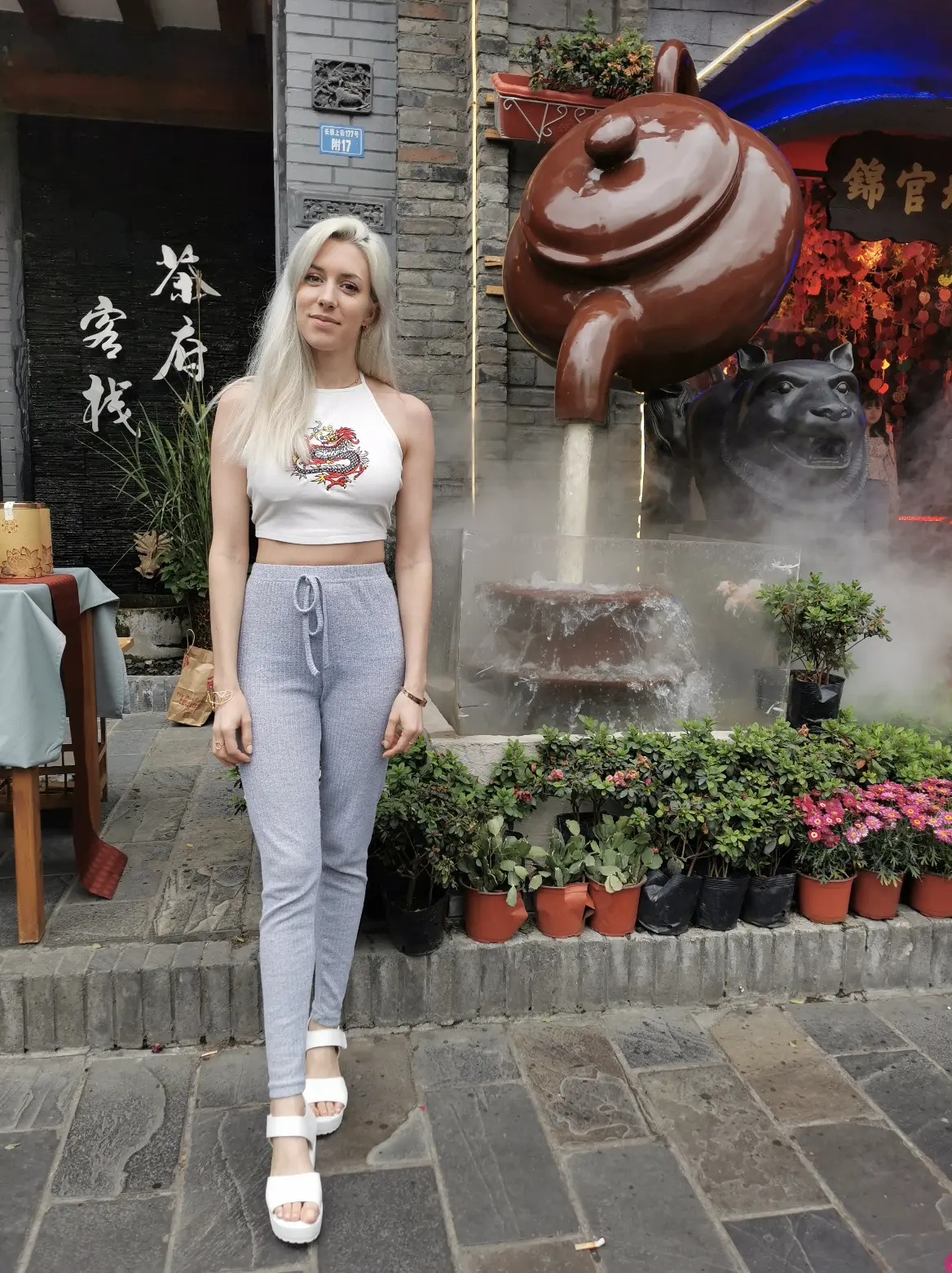
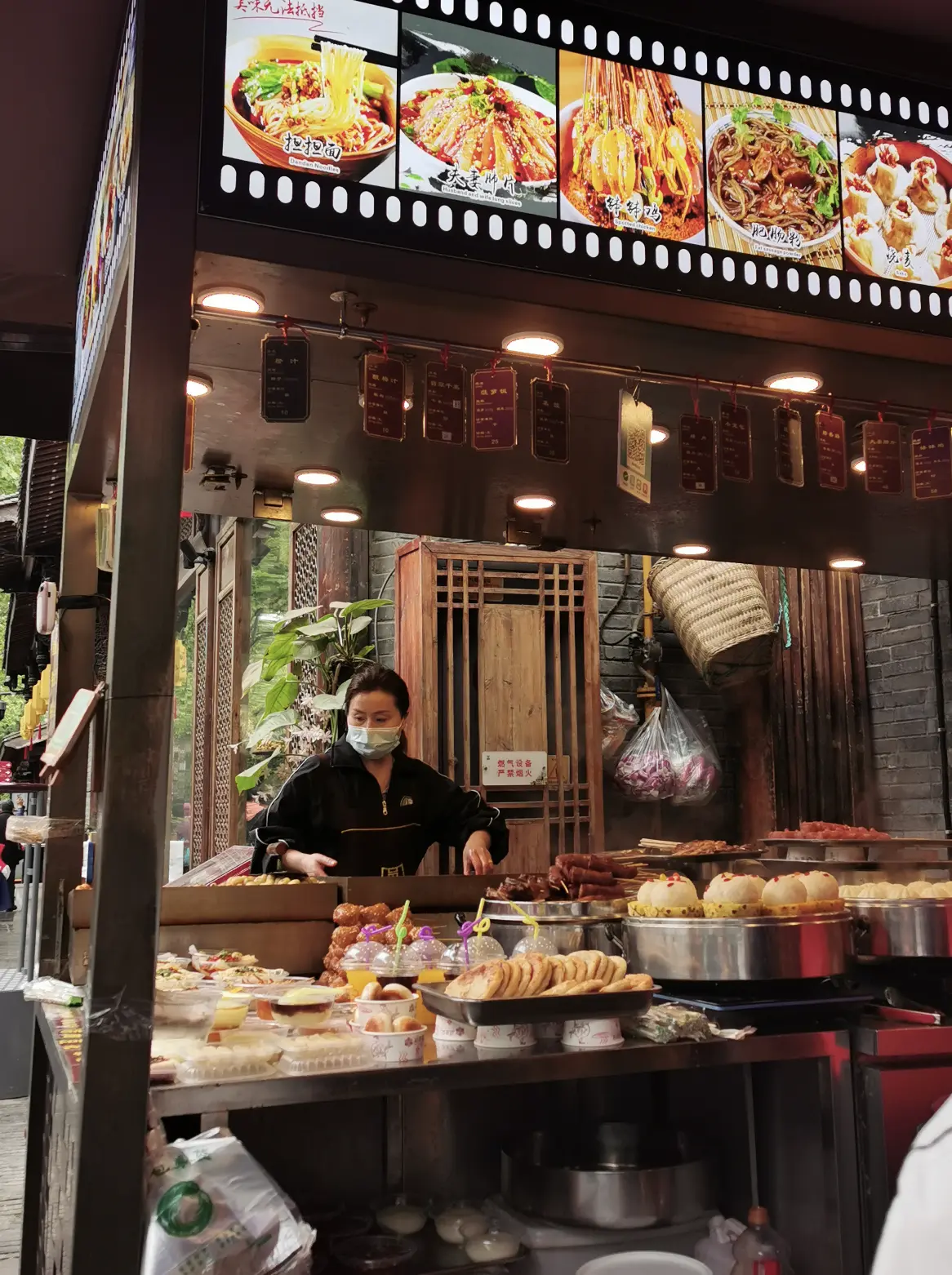
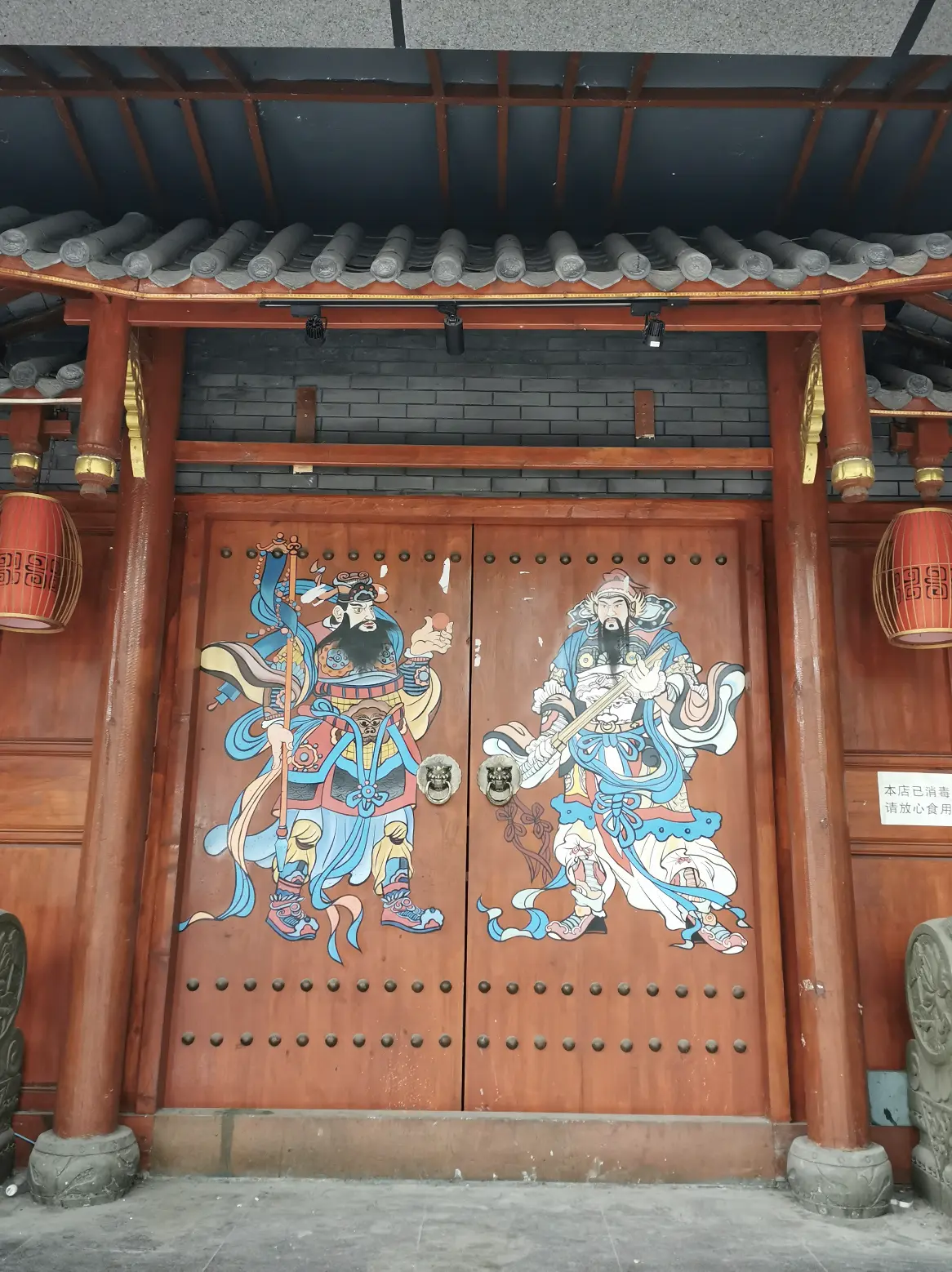
When to go
The rainy season is July-August. It is recommended to visit from March to June and from September to November. I personally went in April, and it was still a bit chilly and wet, so I feel like May-June could be really nice, especially if you also want to go to Leshan Giant Buddha and Emei Mountains.
Where to stay
I stayed at Holiday Inn Chengdu High-Tech Center and was really satisfied. Read about it here!
Chengdu is definitely a unique place. If you liked this, check out my posts about pandas, Emei Mountains, the Giant Buddha and the People’s Park!

